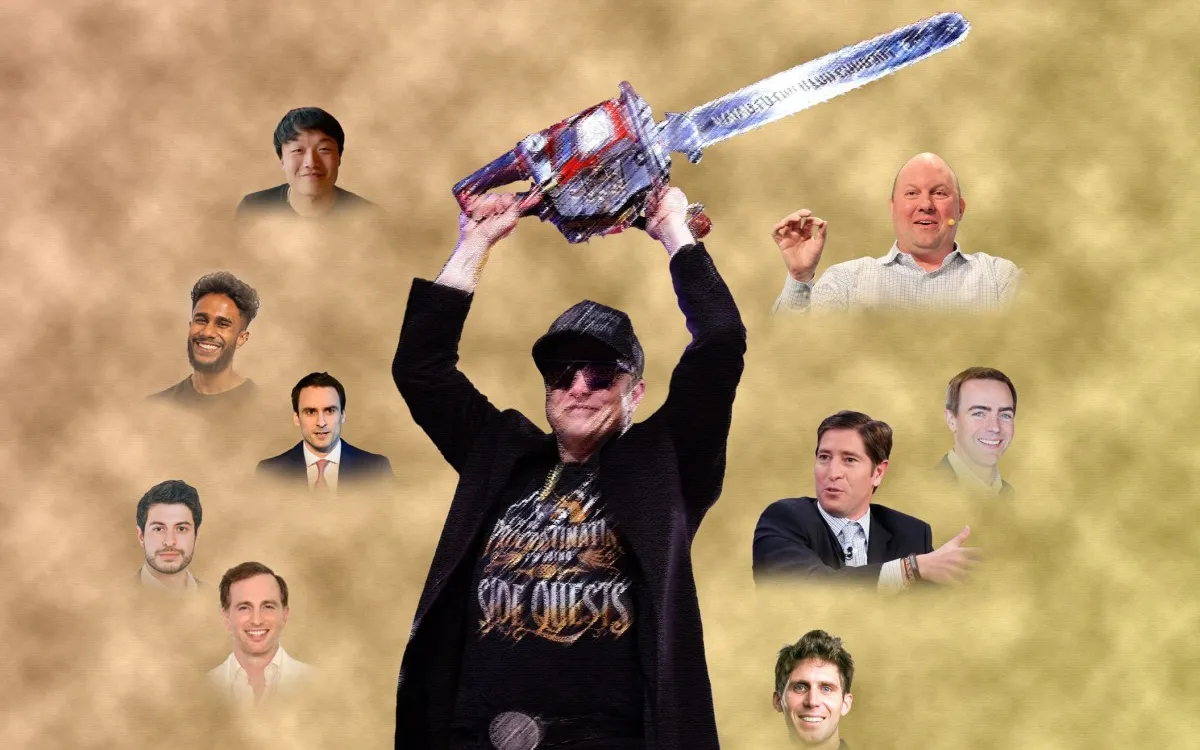
Sahil Lavingia, a notable figure in the tech world, has recently published a diary detailing his brief tenure as a member of Elon Musk’s DOGE workforce. Although Lavingia's stint with DOGE lasted only 55 days, his account provides intriguing insights into the temporary government organization formed by President Trump’s executive order. Known for his past roles as an early employee at Pinterest and the founder of Gumroad—a platform that empowers creators to sell their products—Lavingia has also made a name for himself as a seed and angel investor.
In mid-March, Lavingia joined DOGE as a software engineer for the Department of Veterans Affairs (VA). One of the most striking aspects of his account is his revelation about the VA, a vast agency with 473,000 employees, which had strict regulations governing layoffs. Contrary to Lavingia's initial perceptions of the VA as an inefficient organization, he discovered that the agency's operations were more structured than he had anticipated.
During his time at DOGE, Lavingia was tasked with identifying "wasteful" contracts and potential layoffs within the VA. He quickly learned that factors like seniority and veteran status played significant roles in determining who could be let go, with performance being a less prioritized criterion. This revelation highlights the complexities involved in managing a large government entity like the VA.
Lavingia described DOGE's advisory role as akin to that of a McKinsey management consultant, indicating that DOGE lacked direct authority over decisions. Instead, the real power resided with agency heads appointed by Trump, who seemed to use DOGE as a "fall guy" for unpopular decisions. This aligns with Elon Musk's recent comments to the Washington Post, where he referred to DOGE as Washington, D.C.'s "whipping boy." Lavingia's observations raise questions about the effectiveness of volunteer-driven initiatives in large government agencies.
Having campaigned for Bernie Sanders in 2016, Lavingia joined DOGE out of a desire to write code that could positively impact lives at scale. Despite the brevity of his time with the organization, he worked on various projects, including improving the user experience of the VA's existing LLM-based chatbot. However, he expressed frustration over not being able to implement significant projects that would improve the process of veterans filing disability claims or expedite claims processing.
While Lavingia faced challenges in getting approval to deploy impactful solutions, he was allowed to open-source much of his work. His contributions included a tool for scanning internal PDFs related to diversity, equity, and inclusion (DEI), as well as tools for analyzing contracts and creating organizational charts. He also noted a lack of organization within DOGE, questioning why there wasn't a centralized engineering playbook for knowledge-sharing among engineers.
Unbeknownst to him, Lavingia's time with DOGE came to an abrupt end on Day 55 after he discussed his experiences with a Fast Company reporter. He lamented, "I got the boot from DOGE. Soon after publication, my access was revoked without warning." Despite this unexpected dismissal, Lavingia reflected positively on his time with the VA, acknowledging that while it operated slowly, it was functional and effective, contrary to his initial expectations.
Lavingia's experiences encapsulate the challenges of modernizing large government agencies while ensuring they remain operational. While taxpayers desire reduced waste and improved efficiency, the approach of Silicon Valley volunteers swooping in to implement startup-like solutions may not be the most effective strategy. The lessons learned from Lavingia's brief yet impactful time at DOGE serve as valuable insights for future efforts in government innovation.
For more updates and insights into technology's intersection with government initiatives, stay tuned for further developments.